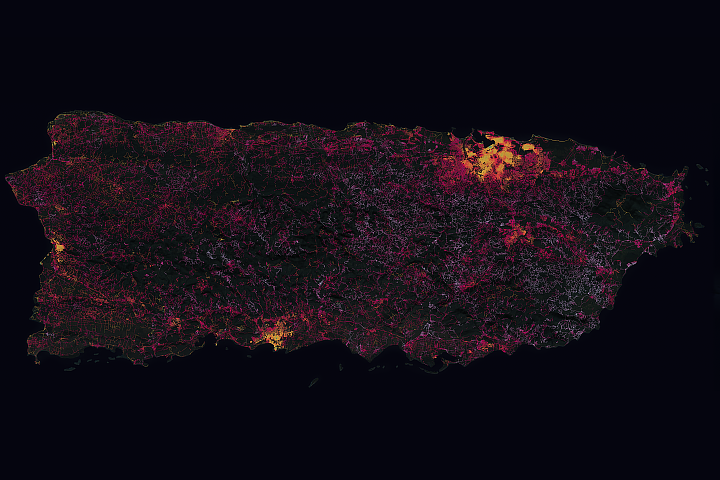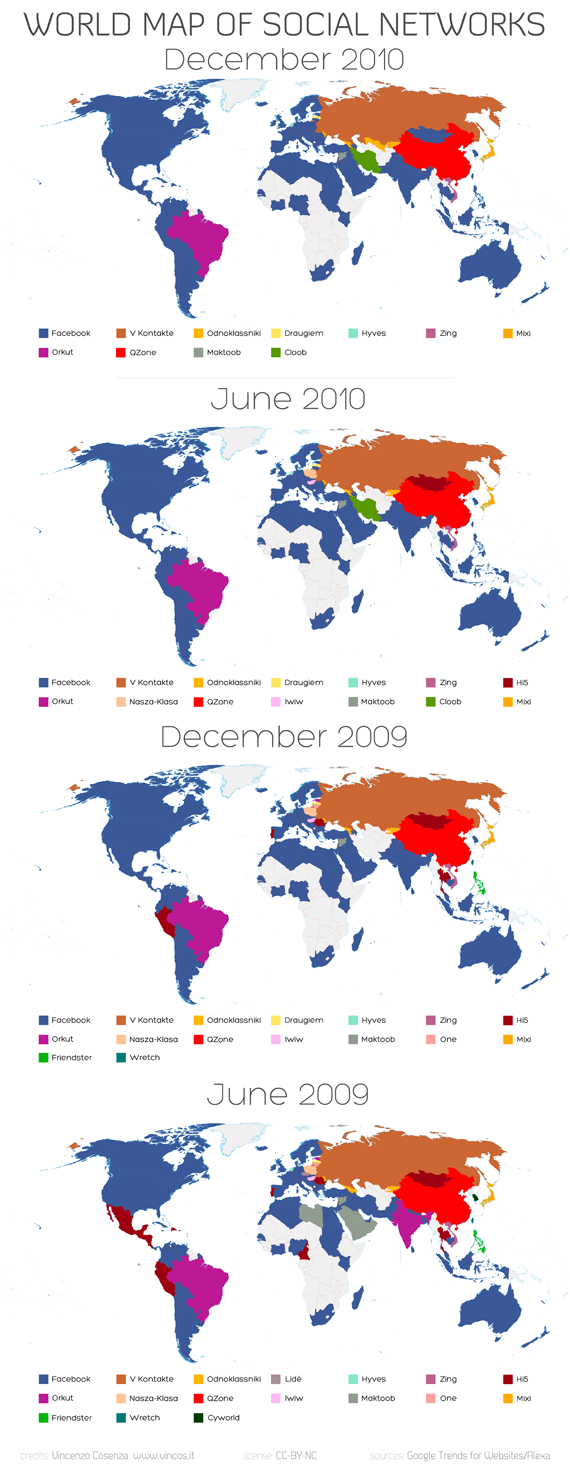...
"Mission Accomplished" Weekend EditionApril 28 / 29, 2007
From Papal Indulgences to Carbon Credits
Is Global Warming a Sin?
By ALEXANDER COCKBURN
From Papal Indulgences to Carbon Credits
Is Global Warming a Sin?
By ALEXANDER COCKBURN
.
It looks like Poseidon should go hunting for carbon credits. Trouble is, the human carbon footprint is of zero consequence amid these huge forces and volumes, and that's not even to mention the role of the giant reactor beneath our feet: the earth's increasingly hot molten core.
It looks like Poseidon should go hunting for carbon credits. Trouble is, the human carbon footprint is of zero consequence amid these huge forces and volumes, and that's not even to mention the role of the giant reactor beneath our feet: the earth's increasingly hot molten core.
...














No comments:
Post a Comment